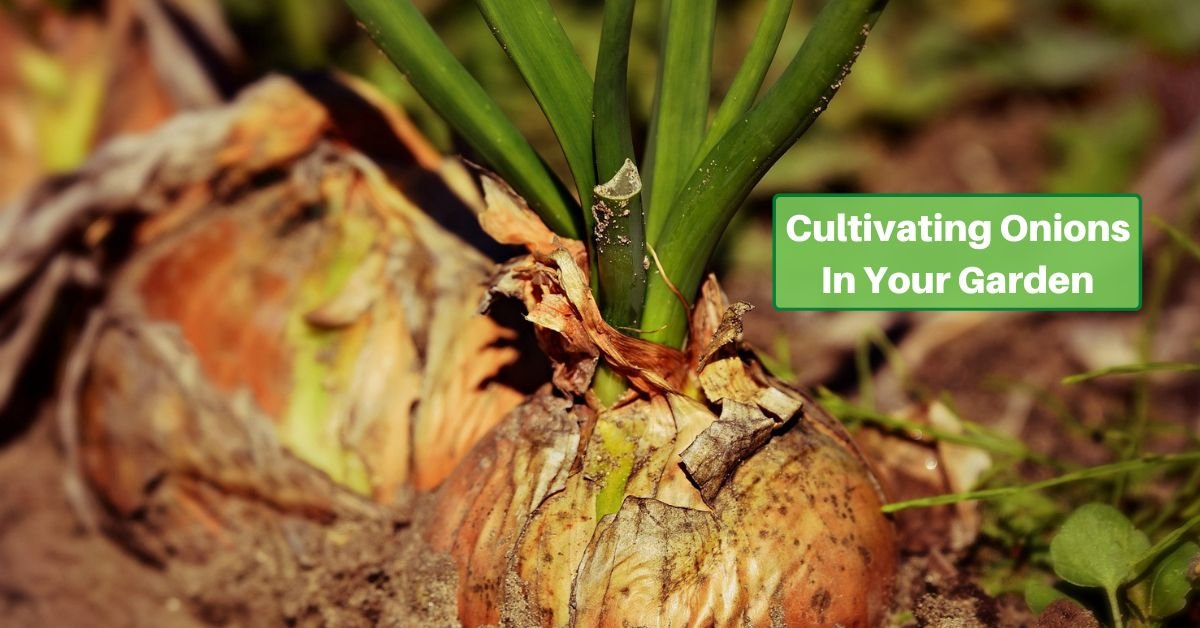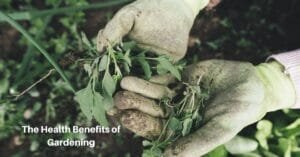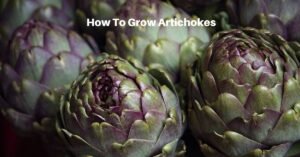Onions are a staple in kitchens around the world. Growing them in your home garden allows you to enjoy their fresh, pungent taste and elevate your dishes with homegrown produce.
Whether you’re an experienced gardener or a beginner, growing onions can be a fantastic journey. Let’s delve into the step-by-step process of growing onions in your garden, from planting to harvest.
Planting Onion Sets or Seedlings
Onions can be grown from seeds, sets (small onion bulbs), or transplants.
When using sets or transplants, plant them about 1 inch deep and 4-6 inches apart. The rows should be 12-18 inches apart.
If you’re planting onion seeds, sow the seeds about ¼ inch deep and thin the seedlings to 3-4 inches apart once they are established. Proper spacing prevents overcrowding and allows each onion to grow to its full potential.
Order Onion Seeds and Sets Online
Choosing the Right Time to Plant
Timing is crucial when it comes to planting onions. Onions thrive in cooler temperatures. Depending on your location, they can be planted in early spring or late summer.
For spring planting, sow onion seeds indoors 8-10 weeks before the last expected frost date in your area. For fall planting, start seeds indoors in mid-summer and transplant seedlings outdoors a few weeks before the first frost.
If you’re planting sets or seedlings, plant them shortly after the last frost in spring, or a couple of weeks before the expected first frost in fall.
Preparing the Soil
Onions prefer well-drained soil with a pH level between 6.0 and 7.5. Choose a garden location with good air circulation and full sunlight. Work the soil to a depth of 6-8 inches, removing debris and rocks. Incorporate compost or well-rotted manure to improve soil structure and fertility.
Sunlight and Soil Requirements
Onions thrive in full sunlight. They require at least 6-8 hours of direct sunlight a day so that they can develop healthy foliage and bulbs. Ensure that your garden bed receives ample sunlight for successful growth.
Fertilizing and Watering
Fertilizing is essential for the growth of robust onion bulbs. Apply a balanced fertilizer or one specifically formulated for onions during planting. Additionally, side-dress with nitrogen-rich fertilizer every few weeks to support leafy growth.
But don’t over-fertilize; that can lead to excessive foliage at the expense of bulb development. It may take some practice to get the exact mix right for your soil makeup.
Onions also require consistent moisture to thrive. Keep the soil consistently moist but not waterlogged. Water deeply but infrequently to encourage root development. Mulching around the onion plants can help retain soil moisture and suppress weed growth.
Pest and Disease Management
Onions can be susceptible to pests like onion flies and diseases such as downy mildew and onion rot. To help prevent these, follow practices like rotating crops, removing debris, and maintaining good air circulation. If necessary, consider using organic insecticides or fungicides.
Harvesting Onions
Knowing when to harvest onions is key to ensuring the best flavor and storage quality.
Onions are ready to harvest when the tops (foliage) have yellowed and fallen over. Gently push the soil away from the bulb to check its size and confirm that it’s fully formed. The bulb should feel firm and have a papery outer layer.
To harvest, gently loosen the soil around the bulb using a garden fork or your hands. Lift the bulbs from the soil and let them cure in a dry, well-ventilated area for about 2-3 weeks.
Once the tops are completely dry, trim the foliage to about 1 inch above the bulb and store the onions in a cool, dry place with good air circulation.
Growing onions in your home garden is a rewarding endeavor that can yield a bountiful harvest. To get the best results, be sure to select the right planting time and provide adequate sunlight, water, and nutrients. By tending to the needs of your onion plants and following proper care guidelines, you’ll be able to enjoy the taste of freshly harvested, homegrown onions in so many wonderful dishes!










